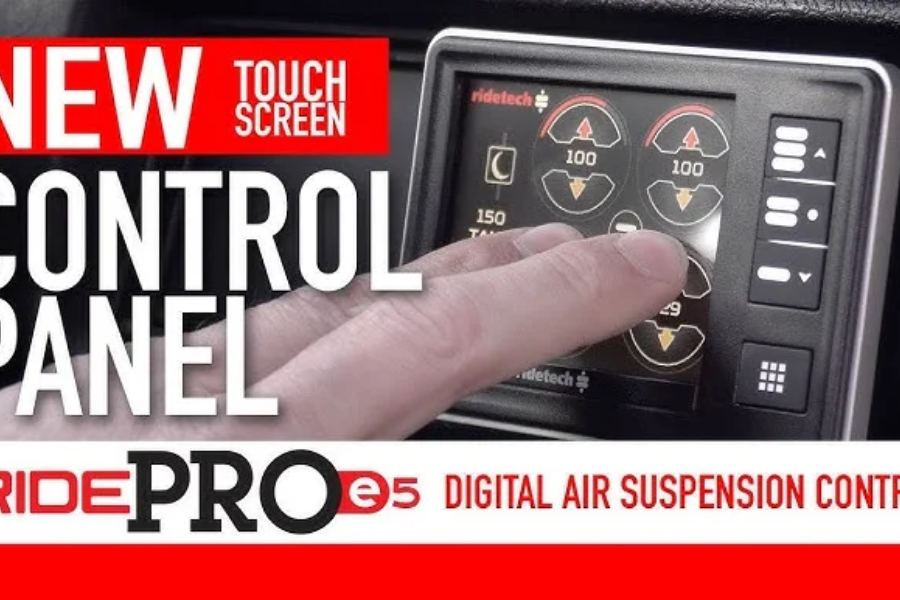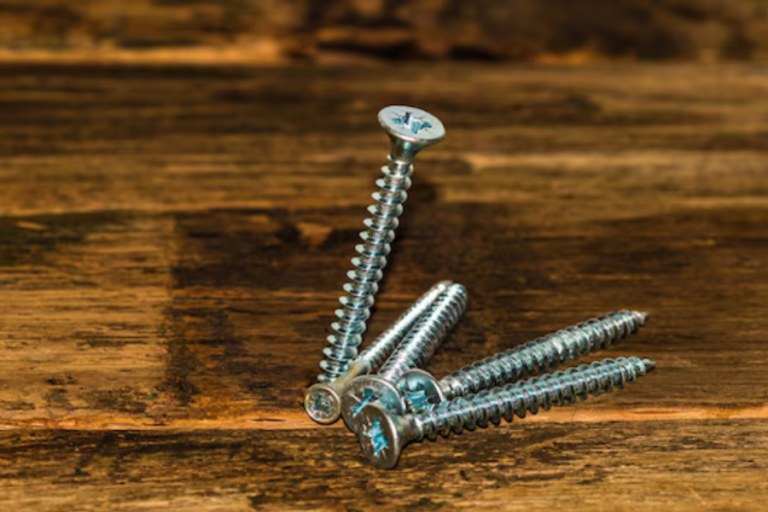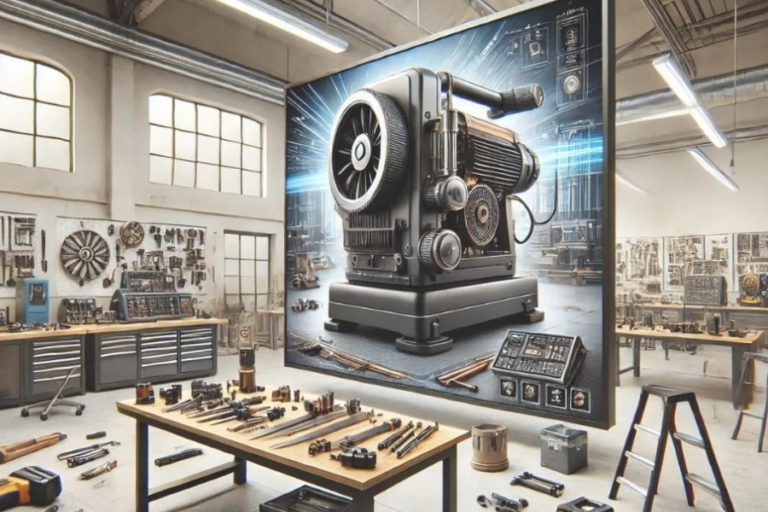Mastering Ride Tech Trouble shooting: A Guide to Air Suspension Maintenance
Overview of Ride Tech Systems
Ride Tech systems are a favorite among car enthusiasts who want to optimize their vehicle’s suspension. These advanced air suspension systems offer adjustable ride height and enhanced handling. Popular models, like the RidePro and E5, allow users to fine-tune their suspension for a range of driving environments. However, as with any sophisticated technology, Ride Tech systems can experience issues that require some troubleshooting to maintain peak performance.
This article will guide you through common problems and effective ride tech trouble shooting methods, ensuring your air suspension system runs smoothly.
Frequent Problems with Ride Tech Systems
Even though Ride Tech systems provide an excellent balance of comfort and performance, users sometimes encounter issues. Recognizing these problems early is crucial to resolving them efficiently. Here are some of the most common air suspension concerns:
Unreliable Ride Height
A common problem in ride tech trouble shooting is Unreliable Ride Height. This often occurs due to improper system calibration or variations in air pressure. To fix this, ensure your system is correctly calibrated and inspect for any leaks in the air lines.
Air Defects
Air Defects can significantly impact your Ride Tech system, causing a drop in height and reducing overall efficiency. One of the key ride tech trouble shooting tips is to regularly inspect air hoses and fittings. A simple solution is to use soapy water to detect leaks—bubbles will appear at the leak points.
Problems with Compressors
Compressor issues are another challenge in ride tech trouble shooting. If your compressor won’t engage or fails to build pressure, it might indicate an electrical problem or a blown fuse. Make sure to check all connections and fuses, ensuring the compressor is wired correctly to the battery.
Calibration Errors
Improper calibration is a recurring issue, leading to error codes like ERROR 167 (Calibration Failure) or ERROR 161 (Low Vehicle Voltage). When tackling ride tech trouble shooting for calibration failures, follow the manufacturer’s instructions step-by-step to resolve the error codes.
Effective Ride Tech Troubleshooting Steps
For those facing issues with their air suspension, here are basic troubleshooting steps to get your Ride Tech system back in top condition:
Inspect Electrical Connections
Ensure all electrical connections, including the display harness and compressor wiring, are secure and free from corrosion. Faulty connections are a frequent cause of ride tech trouble shooting needs.
Examine Air Lines and Fittings
Thoroughly check the air lines and all fittings for signs of wear, leaks, or damage. Damaged parts should be replaced immediately to avoid further complications during ride tech trouble shooting.
Check the compressor
Manually activate the compressor to verify its function. If the compressor fails to turn on, inspect the wiring and fuse to ensure everything is properly connected. This is a key step in ride tech trouble shooting.
Examine the calibration parameters
Ensure that the calibration settings are correct. Reset the system if necessary and follow the instructions in the manual. Many ride tech trouble shooting errors stem from incorrect calibration.
Advanced Ride Tech Troubleshooting Techniques
When basic troubleshooting doesn’t solve the issue, you may need to take a more advanced approach to ride tech trouble shooting. Here are a few techniques:
Update the System’s Software
Outdated software can cause inconsistencies in system performance. Always check for the latest updates from Ride Tech and install them as part of your ride tech trouble shooting routine.
Seek Professional Help
If your efforts at ride tech trouble shooting aren’t successful, consider consulting a professional who is experienced with Ride Tech systems. They can often diagnose complex issues that require advanced technical knowledge.
Preventative Maintenance Tips for Ride Tech Systems
To minimize the need for ride tech trouble shooting, regular maintenance is essential. Here are some tips to keep your system in top shape:
Routine Inspections
Perform regular inspections of your Ride Tech air suspension system, focusing on air bags, hoses, and fittings. Identifying wear and tear early can prevent bigger issues from developing.
Correct Setup
Correct installation is key to avoiding long-term problems. Make sure the system is installed according to manufacturer guidelines or hire a professional. Correct Setup reduces the frequency of ride tech trouble shooting down the line.
Check the Air Pressure
Frequently check the air pressure in your air bags. Maintaining the recommended pressure levels ensures smooth performance and avoids unnecessary ride tech trouble shooting.
Conclusion:
At first glance, dealing with air suspension issues can seem daunting. However, with a little knowledge and attention to detail, ride tech trouble shooting becomes much simpler. By understanding common problems and following the steps outlined here, you can keep your system running smoothly and enjoy a comfortable, adjustable ride for years to come. Remember, regular maintenance and early intervention are key to reducing the need for frequent ride tech trouble shooting.
Keep an eye for more news & updates on Vents Rada!






